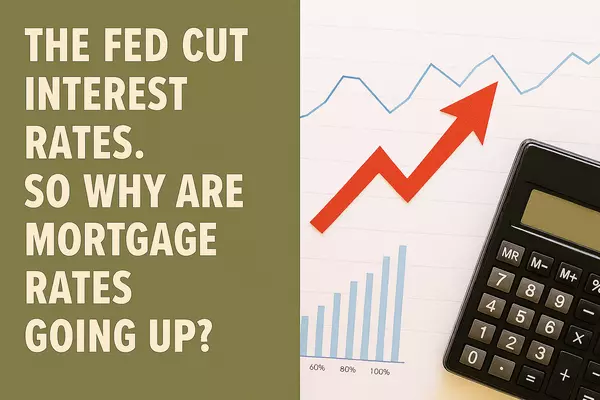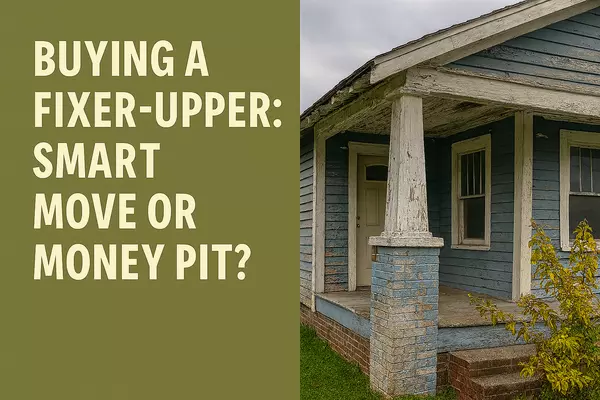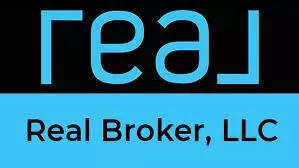The Fed Cut Interest Rates. So Why Are Mortgage Rates Going Up?

The Fed Cut Interest Rates. So Why Are Mortgage Rates Going Up?
You may have heard the big news: the Federal Reserve just cut interest rates.
So naturally, everyone starts asking the same question—
“If the Fed is cutting rates, why aren’t mortgage rates going down too?”
It’s a fair question, and one that even many professionals in the industry get wrong. You’ll often hear people say “When the Fed cuts, mortgage rates follow.” But the truth is… not quite.
Let’s break down what’s really happening—and why mortgage rates can actually rise right after a Fed rate cut.
What the Fed Actually Controls
When the Federal Reserve cuts rates, they’re adjusting what’s called the federal funds rate—the short-term rate banks charge each other for overnight loans.
That rate directly impacts things like credit cards, auto loans, and home equity lines of credit. But mortgage rates are different.
Mortgage rates are tied more closely to long-term bond yields, especially the 10-year U.S. Treasury. Those long-term rates move based on investor expectations about inflation, economic growth, and future Fed actions—not the single rate the Fed adjusts in the short term.
Why Mortgage Rates Can Rise When the Fed Cuts
Here’s where it gets counterintuitive.
When the Fed announces a rate cut, it often creates a surge of optimism. People assume borrowing will get cheaper and jump into the market—investors, homebuyers, and lenders alike.
That initial excitement can cause demand for mortgages to spike, which can push mortgage rates higher in the short term.
On top of that, bond investors might start selling off long-term bonds because they anticipate higher inflation down the road. That selling drives Treasury yields up, and mortgage rates usually follow.
So instead of an immediate drop, you sometimes see mortgage rates tick up right after a Fed cut.
A Real-World Example
Take last year’s rate cut in September 2024—the first in a long time.
Almost immediately after the announcement, mortgage rates jumped. The market was buzzing, demand was strong, and lenders adjusted rates accordingly.
But fast-forward several months. As the economy cooled and expectations for more rate cuts grew, mortgage rates fell sharply—eventually reaching their lowest levels in nearly three years by the following summer.
That’s the pattern we often see:
Short-term volatility, long-term relief.
What This Means for Buyers and Sellers
If you’re in the market to buy, don’t assume that a Fed rate cut means you’ll see a cheaper mortgage tomorrow. It can take months for those effects to work their way through the system.
If you’re a seller, remember that rate cuts can boost buyer demand over time—but there might be a short-term lull if rates temporarily rise first.
The key takeaway? Timing matters. Understanding why rates move the way they do helps you make better decisions about when to buy, sell, or refinance.
The Bottom Line
The relationship between the Fed’s rate decisions and mortgage rates isn’t as straightforward as many think.
When the Fed cuts, it sets the stage for lower rates—but not immediately.
Short-term, excitement and speculation can drive mortgage rates up.
Over the long run, as the economy adjusts and markets stabilize, those lower Fed rates tend to trickle down, leading to lower mortgage rates months later.
So next time you hear the Fed announce a rate cut, don’t be surprised if mortgage rates move the opposite direction at first. It’s all part of the process—and understanding that dynamic can give you a real edge in the market.
I made a blog giving a detailed history of where mortgage rates have been historically. Read about it here.
Thinking about buying or selling soon?
I’m happy to walk you through what I’m seeing on the backend—real data, local market trends, and how shifting mortgage rates could affect your timing and strategy.
I’d love to help you make sense of the market. 👉 Reach out anytime
Recent Posts











Isaac Fairfield
Phone
